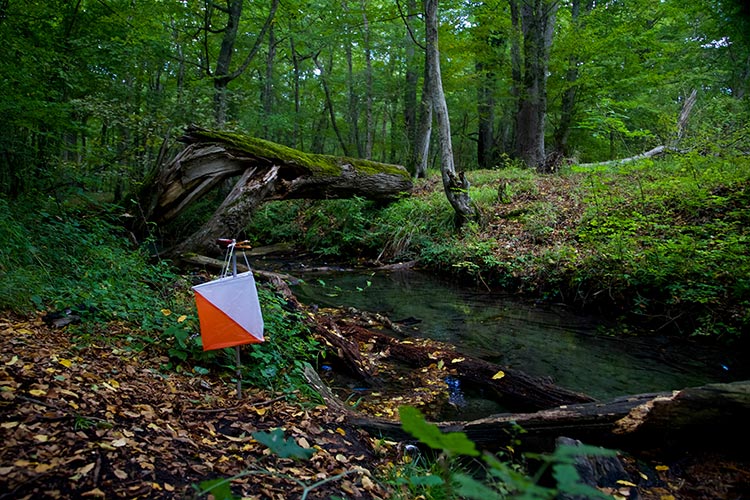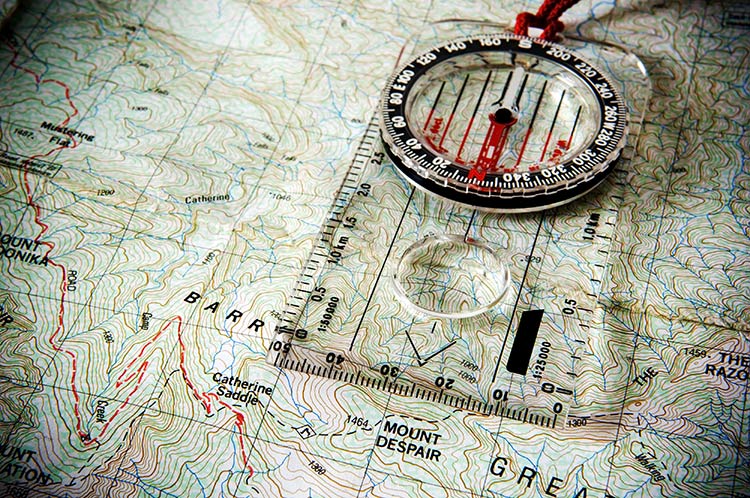If you like to mix your hiking with some sort of activity or goal, rogaining is for you. But, what is rogaining exactly? The sport of long-distance cross-country navigation is not for the weak-hearted. For example, the rogaine championship runs for a continuous twenty-four hours!
Rogaining requires teamwork, endurance, strategy, and the ability to interpret a map. We actually invented the sport here in Australia back in the 60s, and it remains popular to this day! Lake Mountain is the perfect rogaining landscape, so read on to learn more about the sport, along with everything you need to compete.







